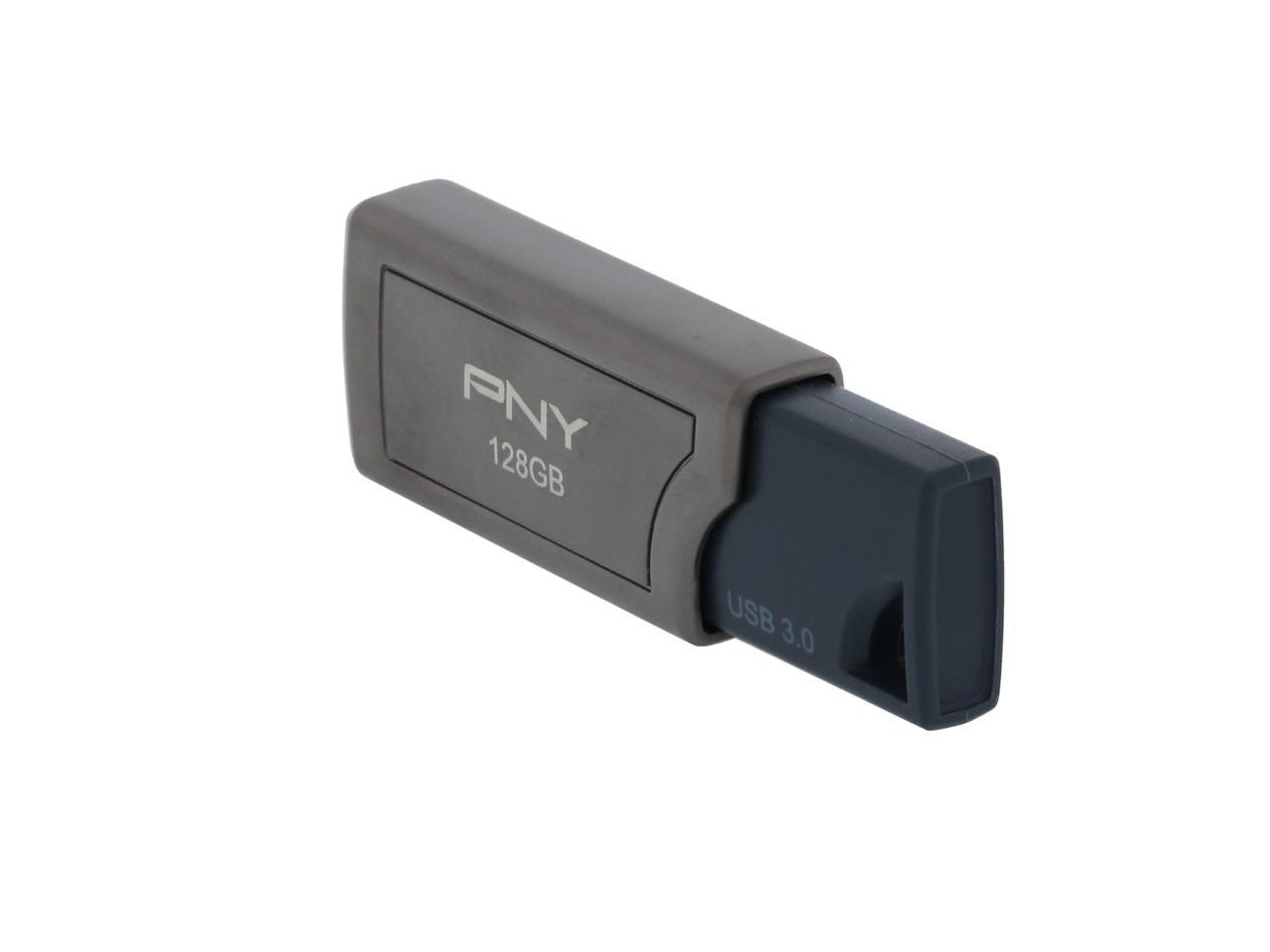
Solution 2: Format using Disk Management:. Solutions to fix the issue USB Flash drive Showing Wrong Capacity:. Steps to Recover Data using Bitwar Data Recovery Software. What causes the USB Stick Showing Wrong Capacity?. If you are also facing the same issues that the system warns you there’s not enough space on the flash drive, please don’t worry about it, as we will provide you the best solutions to sort the issue of USB Stick Showing Wrong Capacity. The photos are very important to me how do I get back these photos and also how to fix the problem to make the USB show the full capacity again?” -Asked by Worrance. “Do you know how to fix the Pen Drive showing less space than actual? I have a Sony USB flash drive is a Micro Vault 16 GB pen drive, but the Windows system right now saying the drive only has less than 4 MB capacity when I was trying to transfer photos out from it. “Hi, there’s a problem with my SanDisk pen drive, it used to be 64 GB originally when I bought it, but right now it was showing incorrect size (500 MB) after connecting with my Windows 10, what should I do now?” -Asked by Tinna. Bonus tips: it’s also another good chance to start data recovery using Bitwar Data Recovery before fixing the issue. Most vendors chose the former.Summary: This article will take you through the best solution to fix the issue USB Stick Showing Wrong Capacity. Vendors faced a quandary: Format drives in the nearly universal FAT32/exFAT and let Windows users live with reduced performance when copying large numbers of small files or format them in NTFS for better performance under Windows-but in effect, render them write-protected on Macs and unreadable on other devices. Difficult as in terminal, command line, SUDO… It’s not for the average user. Apple eventually added NTFS write support as well, but here’s the thing: It was hidden, disabled it by default and difficult to turn on. 
It took longer, but eventually the Linux community felt comfortable enough with its NTFS write-code that it was added to the operating system kernel. Samsung’s T1 and T3 external SSDs are very fast writers, but not nearly as fast with small files if you format them in exFAT rather than NTFS. If your code screws up writing to a drive, you may have ruined someone’s digital life. Reading from NTFS within other operating systems soon became possible, but reading is non-destructive, so if you mess up with the code, you still have the original file.

Regardless of the why, denying access to that code was like waving a red flag in the face of open-source programmers worldwide. It’s almost like they were in some sort of competition with other companies. Microsoft wasn’t feeling particularly generous when it came up with its second-generation file system, so the company didn’t tell anyone else how to implement it.






 0 kommentar(er)
0 kommentar(er)
